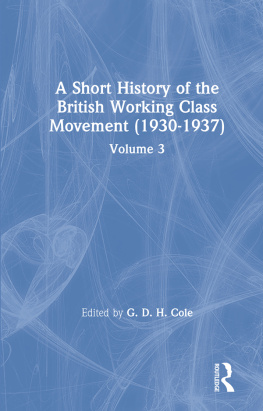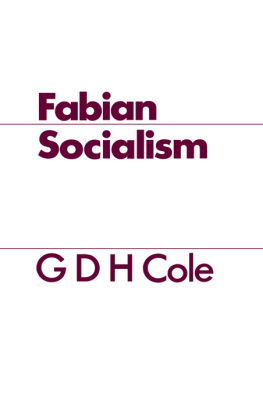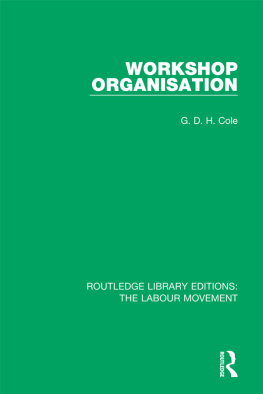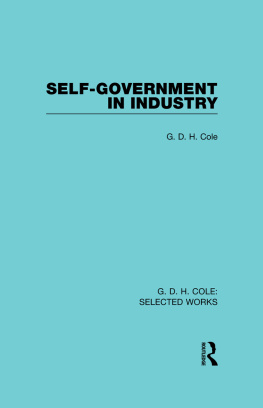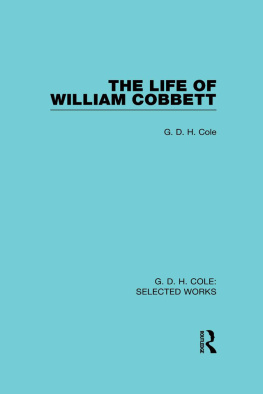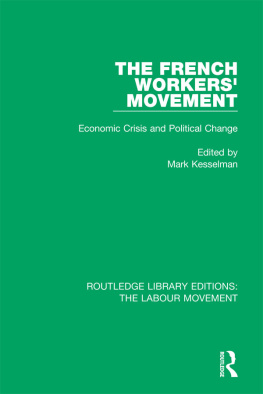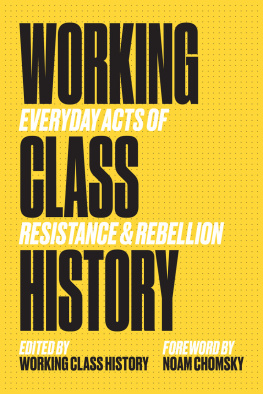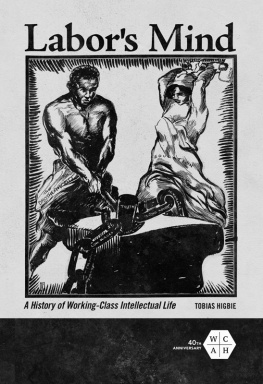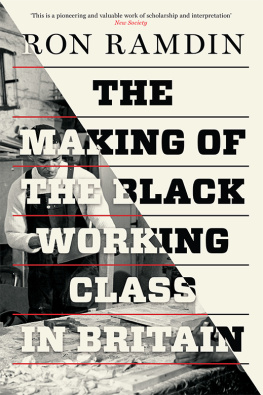ROUTLEDGE LIBRARY OF BRITISH POLITICAL HISTORY: LABOUR AND RADICAL POLITICS 1762-1937
VOLUME III
ROUTLEDGE LIBRARY OF BRITISH POLITICAL HISTORY: LABOUR AND RADICAL POLITICS 1762-1937
VOLUME I
A Short History of the British Working Class Movement, I 1789-1848
Edited by G. D. H. Cole
VOLUME II
A Short History of the British Working Class Movement, II 1848-1900
Edited by G. D. H. Cole
VOLUME III
A Short History of the British Working Class Movement, III 1900-1937
Edited by G. D. H. Cole
VOLUME IV
A History of British Socialism I
Edited by M. Beer
VOLUME V
A History of British Socialism II
Edited by M. Beer
VOLUME VI
English Radicalism 1762-1785
Edited by S. Maccoby
VOLUME VII
English Radicalism 1786-1832
Edited by S. Maccoby
VOLUME VIII
English Radicalism 1832-1852
Edited by S. Maccoby
VOLUME IX
English Radicalism 1853-1886
Edited by S. Maccoby
VOLUME X
English Radicalism 1886-1914
Edited by S. Maccoby
VOLUME XI
English Radicalism: The End?
Edited by S. Maccoby
First published 1925 by George Allen & Unwin Ltd.:
second edition 1927; complete edition 1932.
This edition reprints Volume 3 of the complete edition,
published 2002 by Routledge
2 Park Square, Milton Park, Abingdon, Oxon OX14 4RN
52 Vanderbilt Avenue, New York, NY 10017
Routledge is an imprint of the Taylor & Francis Group, an informa business
Copyright 1925 by Taylor & Francis
All rights reserved. No part of this book may be reprinted or reproduced or utilised in any form or by any electronic, mechanical, or other means, now known or hereafter invented, including photocopying and recording, or in any information storage or retrieval system, without permission in writing from the publishers.
Notice:
Product or corporate names may be trademarks or registered trademarks, and are used only for identification and explanation without intent to infringe.
British Library Cataloguing in Publication Data
A catalogue record for this book is available from the British Library.
Library of Congress Cataloging in Publication Data
A catalog record for this book has been requested.
A Short History of the British Working Class Movement 1900-1937
Volume 3: ISBN 0-415-26566-5
A Short History of the British Working Class Movement 1789-1937
3 Volume set: ISBN 0-415-26563-0
Routledge Library of British Political History: Labour and Radical
Politics 1762-1937: 11 Volumes: ISBN 0-415-26562-2
Publishers Note
The publisher has gone to great lengths to ensure the quality of this reprint but points out that some imperfections in the original book may be apparent.
Typeset in Times by
Keystroke, Jacaranda Lodge, Wolverhampton
ISBN 13: 978-0-415-26566-9 (hbk)
A Short History of the British Working Class Movement 1789-1937
by
G. D. H. Cole
Volume III. 1900-1937
INTRODUCTION TO THE NEW EDITION
The Years 1927 to 1937
The first edition of this volume appeared ten years ago, in the year following the General Strike of 1926. The latest events that I was able to record were the passing of the punitive Trade Disputes and Trade Unions Act of 1927, and the lengthening by statute of the defeated miners working day.
The failure of the General Strike seriously weakened the Trade Union movement. The great majority of Unions suffered a fail in membership, and the Unions which had taken part directly in the struggle had to face a depletion of funds which was bound to take years to make good. The miners, naturally, suffered most of all. The victorious coal-owners not only pressed home their advantage by drastic wage-reductions as well as by the increase of working hours, but also refused to recognise the Mineworkers Federation in any form and compelled the miners to deal with them separately, district by district. In some of the coalfields reaction went further still, and an attempt was made to break up the miners solidarity by starting non-political Unions subsidised by the employers and bound down by agreements which prevented their members from making common cause with their fellow-workers in other areas. Of these non-political Unions, only the Nottinghamshire Miners Industrial Union has survived to the present year, and, as I write, a national mining strike has just been threatened in order to re-establish the recognition of the Nottinghamshire Miners Association, and put a stop to the victimisation of Union men by the Nottinghamshire coalowners. This strike appears to have been averted by an agreement to unite the rival local associations into a single body, which is to be affiliated to the M.F.G.B. But it has taken the miners ten years since their defeat of 1926 to re-build their shattered industrial strength to the point of being able effectively to re-establish unity by threatening another national stoppage.
The mineworkers came off worst in the reaction which followed the General Strike. But the Trade Union movement as a whole suffered severely enough. Total Trade Union membership fell from five and a half millions before the General Strike to well under five millions in 1927, when the numbers affiliated to the Trades Union Congress were less than four million. Nor was the fall in funds less severe. At the beginning of 1926 the accumulated funds belonging to Trade Unions amounted to over 12,500,000; a year later they had been reduced to less than 8,500,000. But these figures quite fail to measure the real change in Trade Union finances; for the accumulated funds were held largely on account of friendly benefits, and the sums available for fighting industrial disputes had been almost completely swept away. Indeed, many Unions had borrowed large sums from their friendly funds in order to finance the General Strike; and these borrowings had to be paid back before they could be again in a satisfactory position for financing even local strikes.
Nor was this the worst. The morale of the movement had been seriously weakened by the defeat. There was danger that the remaining members might continue to drop away, and that the Unions might be helpless to protect their wages and conditions if the employers seized the opportunity for launching a general offensive. The Trade Union leaders, in 1927 and 1928, wanted above all else a quiet period for recovery and rehabilitation. They were in a mood to seize any chance that promised, on tolerable terms, some sort of industrial truce with the employing class.
If all employers had been like the coalowners, no truce would have been offered. But in fact a good many sections of the capitalist forces took a different view. The great American boom, which was then developing fast, offered a prospect of good profits in Great Britain; for it meant brisk American orders not only for Great Britain but also for the raw material producing countries to which British exports were largely sold. British employers in general did not want a further period of industrial dislocation, even if they were in a position to win. Many of them preferred to come to terms with the Trade Unions on the basis of preserving the status quo; for, with profits rising fast, the keeping of things as they were offered very large advantages from the capitalist standpoint.

